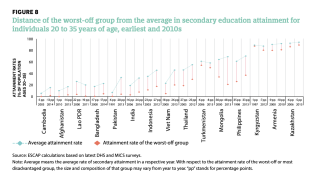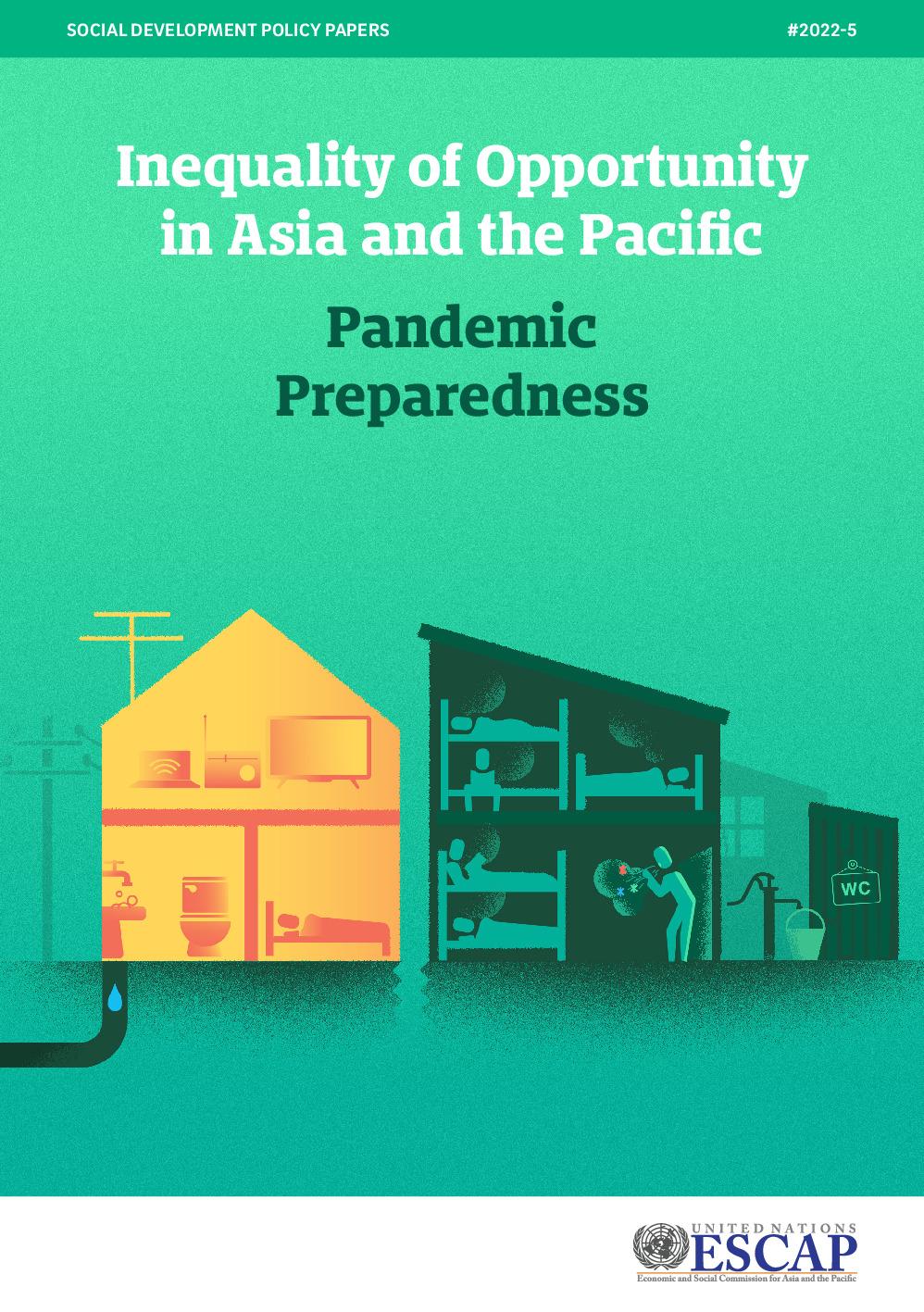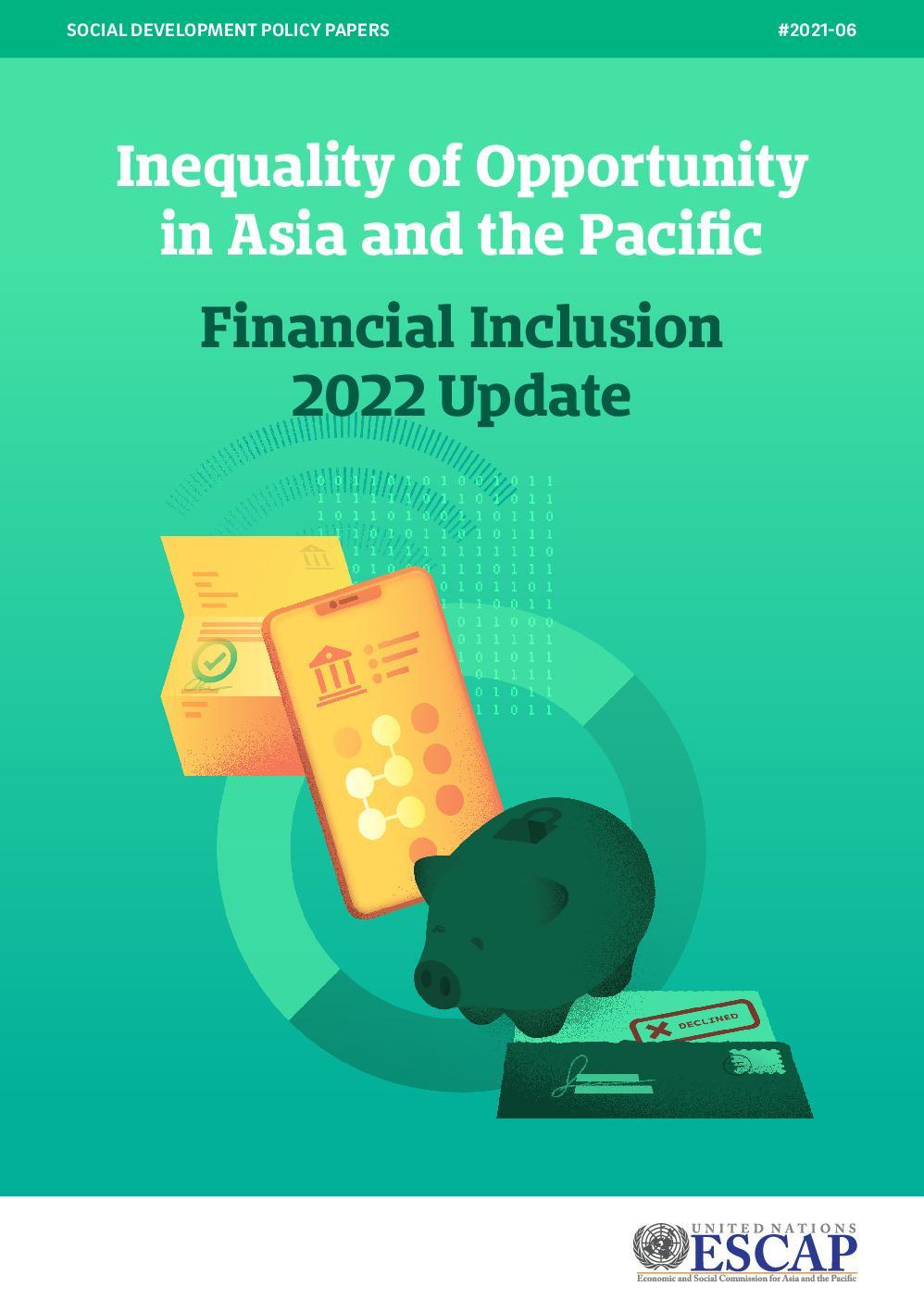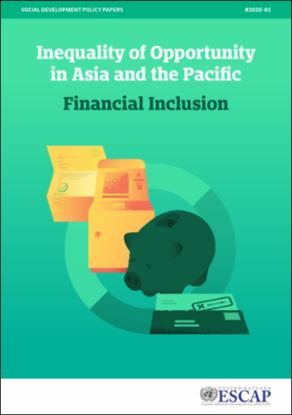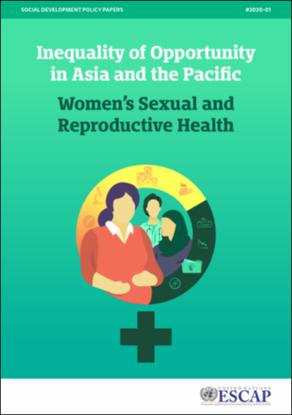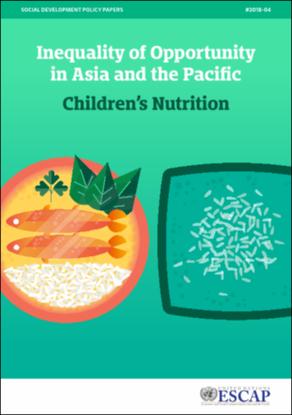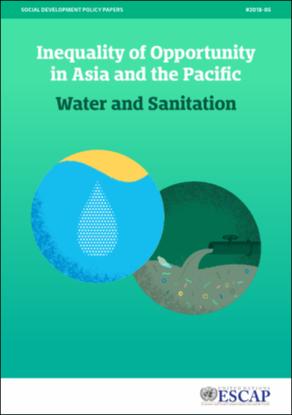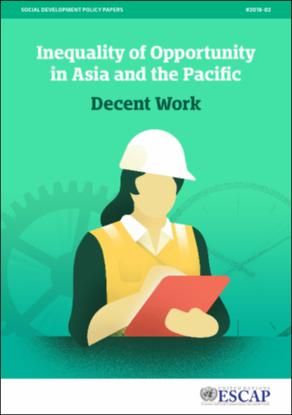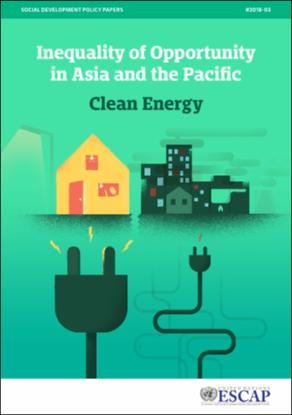Education : inequality of opportunity in Asia and the Pacific
Policy Brief
01 January 2018
• Introduction and scope
• Why does inequality in education matter?
• A new approach to identifying the furthest behind
• Who are those furthest behind?
• Understanding overall inequality in education attainment;
• Does ethnicity matter for determining the furthest behind?
• Recommendations for closing the gaps.
• Annex
The ESCAP Inequality of Opportunity papers place men and women at the heart of sustainable and inclusive development. The papers do so by identifying seven areas where inequality jeopardizes a person’s prospects, namely: education; women’s access to health care; children’s nutrition; decent work; basic water and sanitation; access to clean energy; and financial inclusion. Each of these opportunities are covered by specific commitments outlined in the 2030 Agenda for Sustainable Development and addressed in a separate thematic report covering 22 countries throughout Asia and the Pacific.
Equitable opportunities for education are a fundamental human right. Article 28 of the Convention on the Rights of the Child (CRC), Article 26 of the Universal Declaration of Human Rights and Articles 13 and 14 of the International Covenant on Economic, Social and Cultural Rights each enshrine this right. The aim of this policy paper is: i) to outline why it is important to reduce inequality in educational attainment; ii) to introduce a new way of analysing survey data by identifying the shared circumstances of those “furthest behind”; and iii) to analyse observed inequality by the relative contribution of each circumstance.

